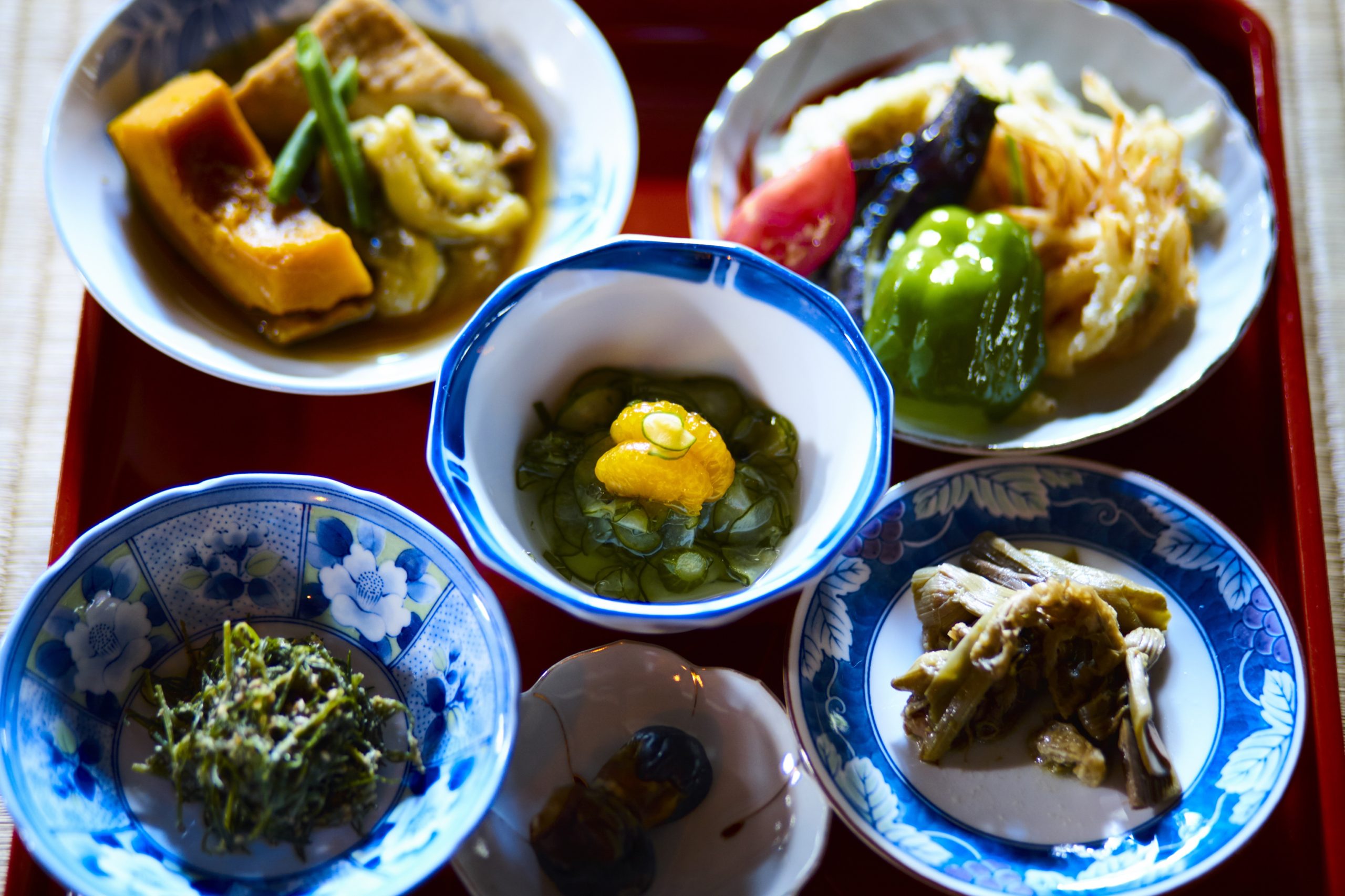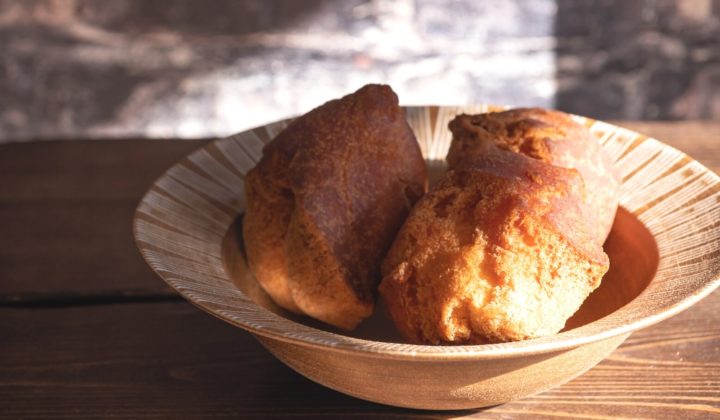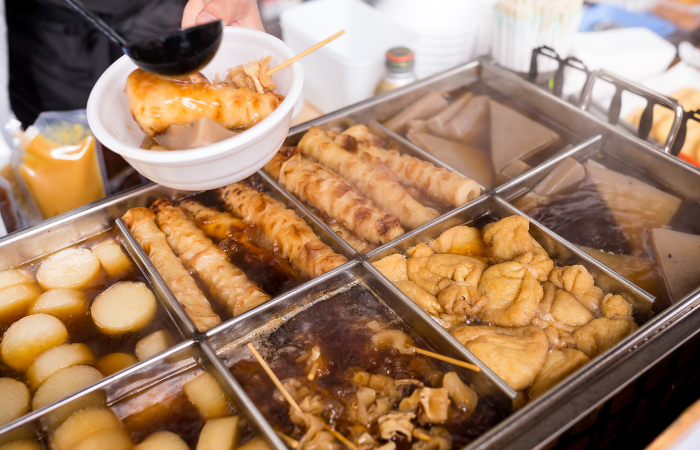Do you know about Japanese anime, sushi, Mount Fuji, ikebana (Japanese art of flower arrangement), kimono, and many others? I’m sure you do or at least had heard about them before. But what about SHOJIN RYORI? Do you know what it is? Can you guess? If you said that’s something related to food- you are absolutely right!
What Is Shojin Ryori?
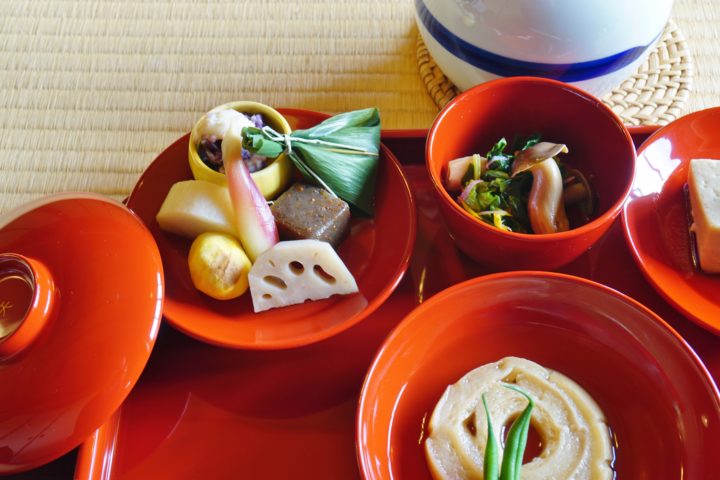
Shojin ryori (精進料理) refers to traditional Buddhist cooking, which is made without meat, fish and strong flavors such as garlic and onion, using seasonal vegetables and mountain plants instead. Shojin ryori can also be defined as “cuisine that advances enlightenment” with 精進料理 standing for: Sho (精) – refined; shin (進) – advance; ryori (料理) – cuisine.
Shojin ryori is fully vegetarian, but could also be suitable for vegans, for it often uses no animal products at all.
It is gaining popularity today, but its roots go back to the 6th century when the traditional vegetarian cooking of Zen Buddhist monks was introduced from China through Buddhism.
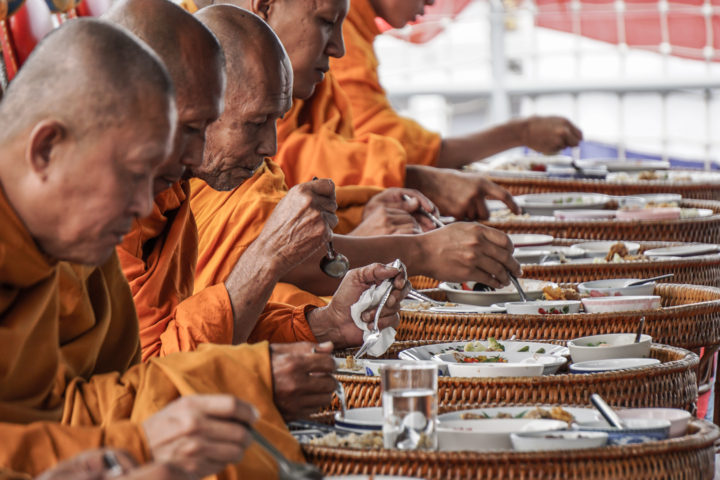
At the heart of shojin ryori is the spiritual teachings of Buddhism which encourage a daily practice of awareness and compassion in thinking, making, and eating food. The Buddhist precept of ahimsa or non-violence forms the backbone for shojin ryori’s strict vegetarian diet. The main dishes of shojin ryori rely on a mixture of grains, vegetables, soya beans, or soy-based products such as abura-age (fried soybean curd), koya-dofu (dried tofu), and natto (fermented soybeans). These basic ingredients are joined by a changing and plentiful array of seasonal produce, making the best use of local, organic produce at its most flavourful and nourishing, so look for ingredients that are locally grown and naturally abundant for the season.
Principle of Five

The blending and balance of colours, flavours, and methods of preparation play an important role in creating and understanding the deep meaning of this cuisine. And they traditionally consist of five colours- green, yellow, red, black, white; five flavours- salty, sour, bitter, spicy, sweet; five cooking methods- boiling, baking, frying, steaming, or keeping it raw, and dishes are served as a set of five, with various tastes and textures composed to harmonize with our five senses. Another important aspect of preparing shojin ryori is “ichimotsu zentai” which means “to use the whole thing”.
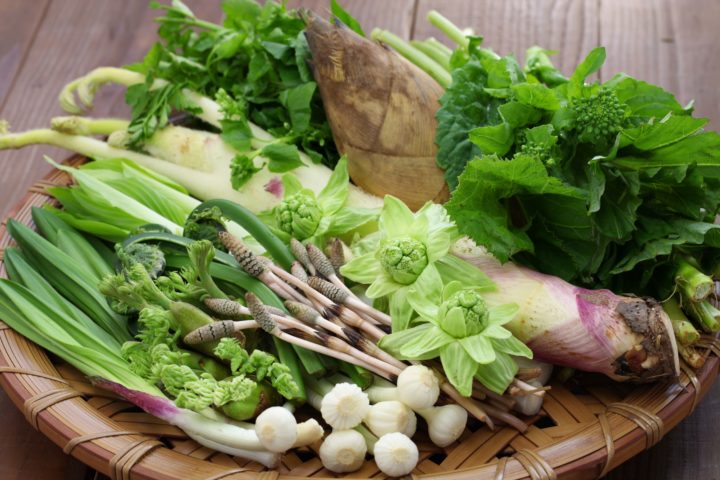
Acclaimed chef of Sougo (the casual dining vegetarian restaurant in Tokyo, specializing in shojin ryori), Daisuke Nomura, noted, “The most important part of shojin is consideration and appreciation; For us to survive, we receive the lives of other things, so we must not waste them”. So, when preparing the meal, the chefs use scraps as pickles or stock, with some to be fried to make tempura.
Interested in vegan ingredients? Also, check out this article on vegan food staples!
Common Ingredients Used In Shojin Ryori
- Fried soybean curd (abura-age)
- Sesame tofu (goma-dofu)
- Dried tofu (koya-dofu)
- Tofu skin (yuba)
- Wheat gluten (fu)
- Konnyaku- jelly substance made from taro-like potato starch
- Miso
- Hijiki- sea vegetable in Japan
- Edible seaweed (wakame and nori)
- Edible kelp (konbu)
Common Shojin Ryori Dishes
- Kenchinjiru– a root vegetable soup with a clear vegan dashi broth and tofu
- A creamy carrot or pumpkin soup made with soy milk
- Nasu Dengaku– deep-fried eggplant with caramelized miso glaze
- Vegetable tempura- deep-fried seasonal vegetables
- Namasu– raw salad made with julienned vegetables
- Tsukemono– pickled vegetables
- Shiro ae– salad with mashed tofu and sesame-flavored vegetables
Shojin Ryori Restaurants in Tokyo
If you want to try Shojin cuisine do not expect the meals to be cheap, as those are not just simple food but a form of art and a must experience to gain when you visit Japan.
Address: 2 Chome-3-1 Atago, Minato City, Tokyo 105-0002
Tel: 03-3431-0811
Address: 3F Roppongi Green bldg. Roppongi6-1-8, Minato-ku, Tokyo, Japan
Tel: 03-5414-1133
Address: 1-2-11 Ryusen Taito-ku Tokyo 〒110-0012
Tel: 03-3872-0375
Address: 3 Chome-4-7 Azabujuban, Minato City, Tokyo 106-0045
Tel: 03-3454-6538
Interesting Facts and Rules about Shojin Ryori
It Played An Important Part in Soy Product Production:
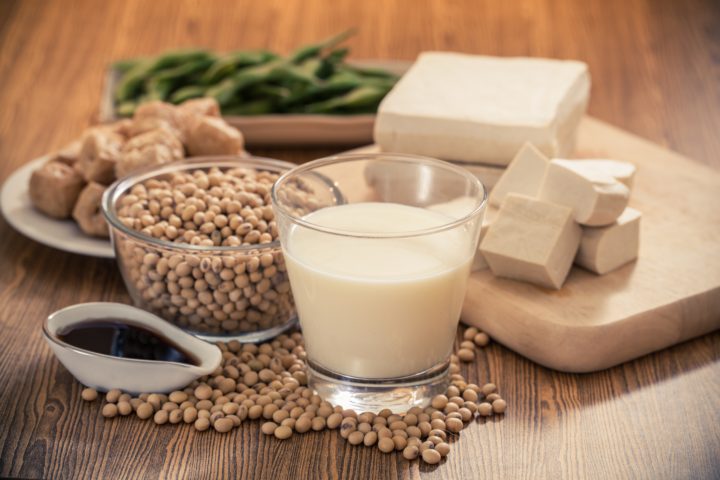
One of the characteristics of shojin ryori is that the use of simple foodstuffs is required to prepare it. Tofu was the main source of protein in the dishes and it can be said that soy products made from soybeans such as fermented soybean paste, soy sauce, soybean curd, dried bean curd, soybean milk, natto (fermented soybean), and deep-fried bean curd were developed and refined thanks to shojin ryori. These foodstuffs now have a big part in Japanese cuisine today.
Requirements to be A Shojin Ryori Chef:
Possessing the three minds of Japanese Zen Buddhism, known as sanshin is a must for shojin chefs in order to become as much part of the meal as their ingredients.
- Daishin (the big mind) must be maintained for calmness and motivation
- Roshin (the parental mind) is needed to respect and care for the ingredients and diner
- Kishin (the precious mind) requires the cook to work with pleasure and gratitude
Food Representation:
While the core elements remain the same, the shojin ryori served in temples and that of Michelin star chefs is somewhat different. Shojin food at temples is designed to support the health of training monks and doesn’t need to be well presented. On the other hand, the cuisine found in the restaurants serve the meal as a form of art representing the philosophy and history of shojin ryori.
I hope you enjoyed reading about shojin ryori which presents the beauty, philosophy, deliciousness and nutrients all at once.
Share your opinions or tell us about your experience with shojin ryori in the comment section below. We will be happy to read them!
Bella,
Uzbekistan
If you are interested in Japanese cuisine, check the article below about Japan’s invite-only restaurants

